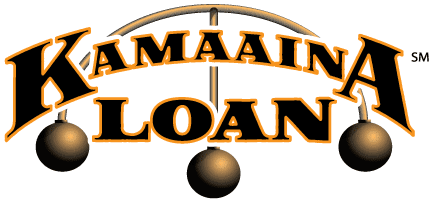Big dog
Here at Kamaaina Loan And Cash for Gold, we often brag about being Maui’s biggest pawn shop. But that’s big-frog-in-small-pond talk. DFC Global just announced it had bought a chain of pawn shops in Romania that will bring its total to 1,457.
Its press release says Romania has a long history of pawn loans, but the shops are quite small. 32 shops did a turnover of $9 million, That’s less than $300K per shop. Even Maui’s smallest pawn shop probably does more than that.
DFC Global Corp. is a leading international diversified financial services company serving primarily unbanked and under-banked consumers who, for reasons of convenience and accessibility, purchase some or all of their financial services from the Company rather than from banks and other financial institutions.
Romanian pawn shops are similar to Maui pawn shops in that they primarily lend or buy gold, usually jewelry. However, they also make auto loans, which some pawn shops in America do, although not so much





